
We don’t lose power a lot here anymore, but we have a lot of power flickers. Those rapid shifts in current can be bad for electronics, not to mention that it’s annoying when I’m in a meeting and my computer reboots because the power blipped a second. I started protecting my equipment with battery backups and now I have five of them spread around the house:
- My home theater is all on one. When the power goes out, my projector, Xbox, and sound system keep running for a while.
- Our home networking gear is all on a bigger unit than it needs to be. I can run our cable modem and WiFi for about 45 minutes. This is helpful not just for keeping the modem from resetting in a power blip, but it also lets me continue my work meetings for a while even if the power goes out.
- My main desktop machine and monitors are on one.
- Our downstairs TV is on one.
- The most recent addition was one for the 3D printer. We had a power blip in the middle of a long print and that meant I had to start all over.
These units give me a little piece of mind about protecting the units from changes in voltage but they’re also nice to smooth out the blips. What I really want is a whole-house system that smooths my power and provides some battery backup but those are not really targeted at home users yet. I expect that will change over time with all the research going into battery tech.
I have a mix of devices from CyberPower and APC, but most of them are either the big 900 watt units or the smaller 550-600 watt units. I like to put a Kill A Watt meter on whatever I’m going to buy the backup for to see how many watts I need and then I give it plenty of headroom (like 2-4x). There are calculators online that will help you translate all that into runtime, but like I said, in most cases I’m trying to protect against the 1-5 second outages so as long as I have a few minutes of runtime, that’s enough.
These battery backup devices only last a few years before the battery dies. The battery is a major component of the cost so in the past, I’ve usually replaced the whole unit to avoid frustration, but with five of them in the house, that’s a lot of extra unnecessary replacements. In the last power outage, I discovered that two of my devices had batteries that wouldn’t sustain the load anymore. I replaced one of the big 900w batteries and now the unit works great! The old batteries take some work to dispose of properly but I had that problem when I’d replace an entire unit anyway. I need to get better about remembering to periodically unplug each of these units from the wall while things are running to ensure that the battery is still good. Some of them do a self-test but it doesn’t seem to always catch bad batteries properly.
These units have other benefits too. When the power goes out for longer than a few seconds, I walk around turning most of the units off so save battery power. I can run lamps and charge phones for hours with them and I’ve even though about taking one of them camping when we’re off grid for a long time.

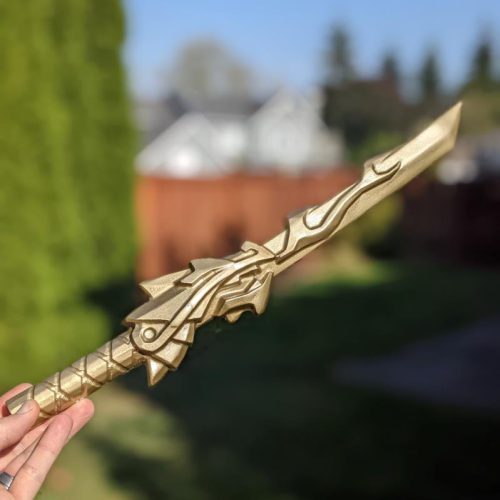
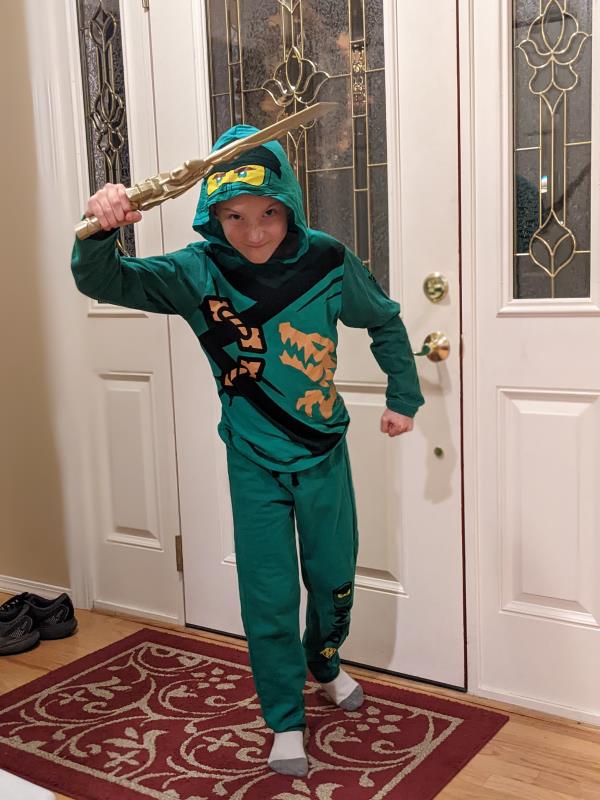
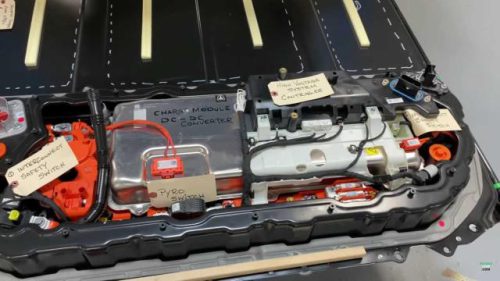
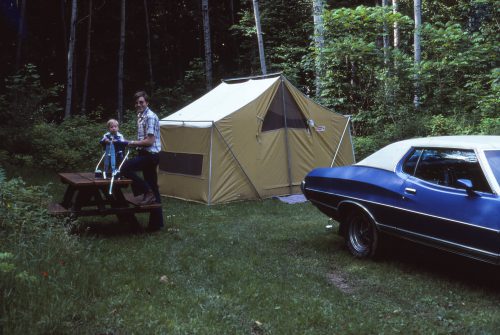
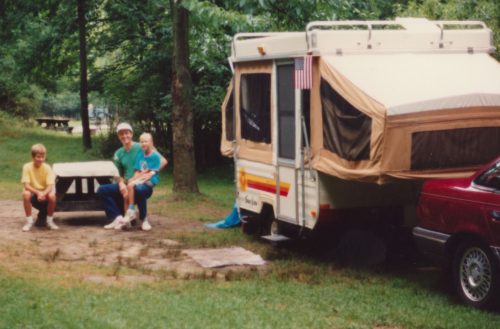
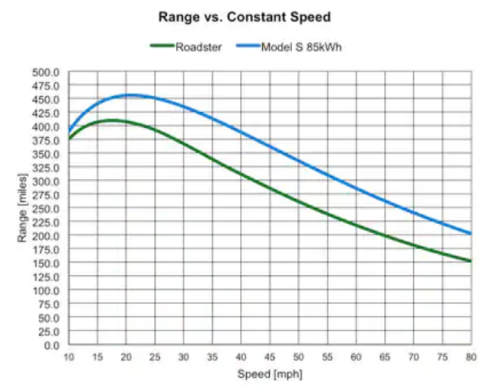
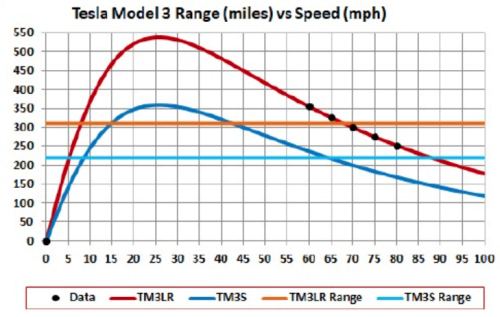
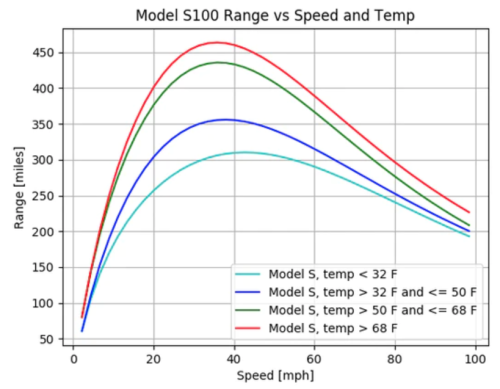
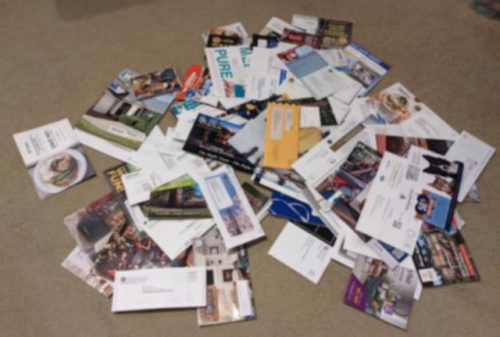
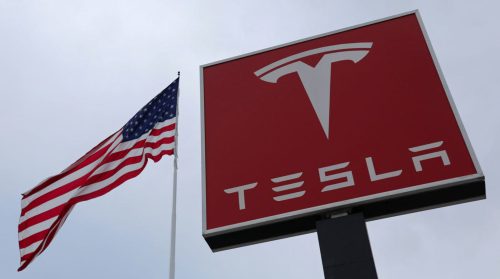
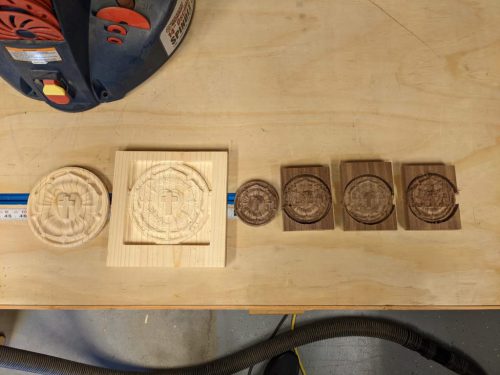
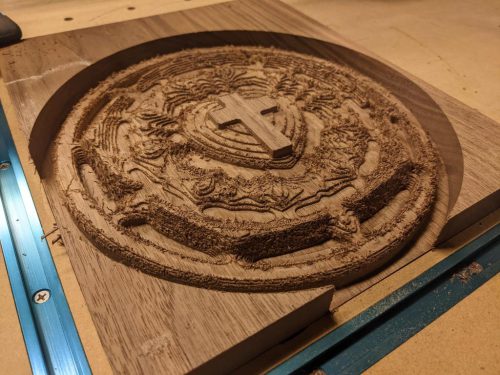
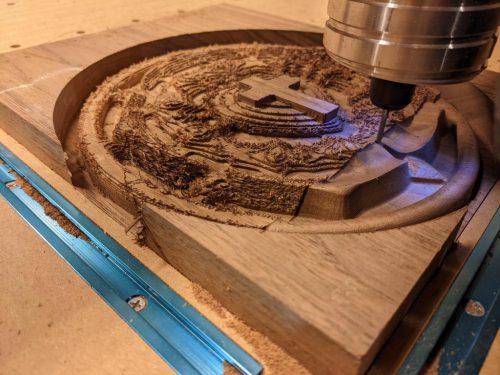
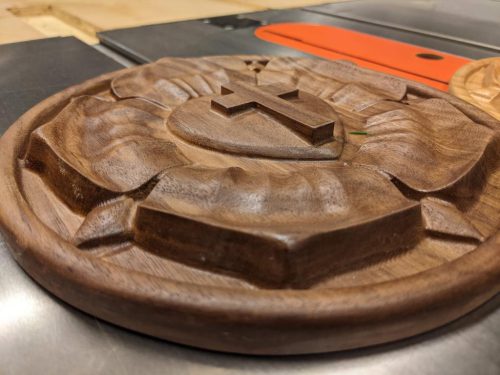
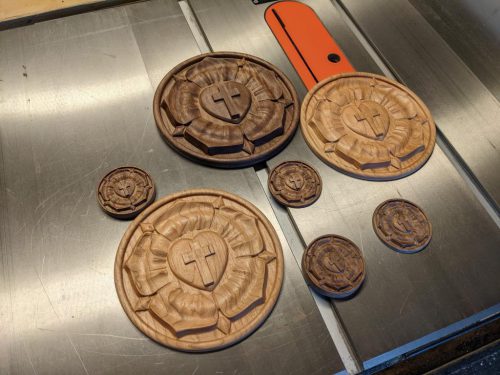
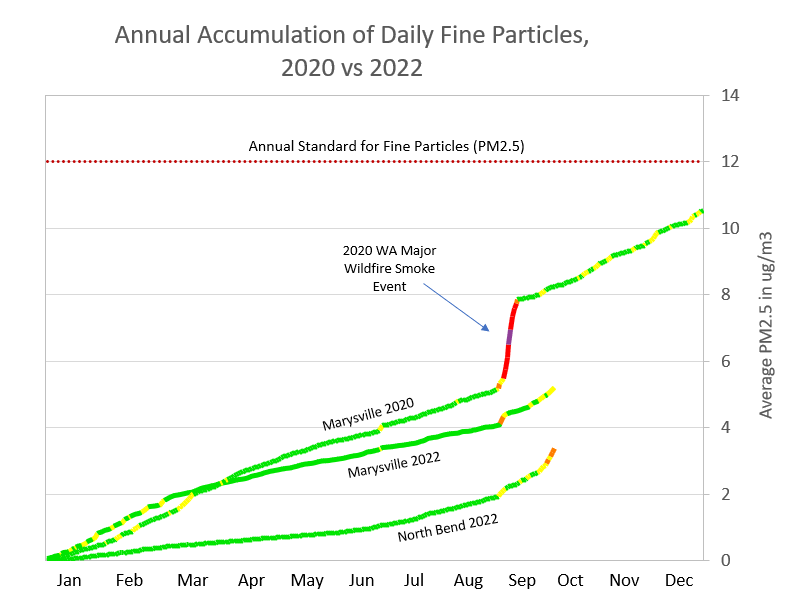
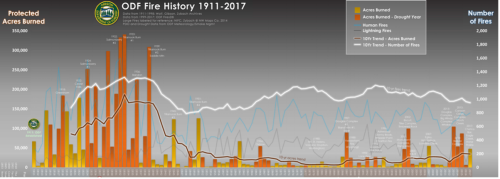
Xfinity Mobile – 16 Month Review
Time flies when you’re… saving money? It’s been 16 months since we ditched Verizon and went to Xfinity Mobile. As a quick recap, Xfinity Mobile uses the same cell network as Verizon but it’s cheaper and lets you easily switch your plan from month to month with no contract. Because it’s Xfinity and because the deal is so good, it feels like there should be a catch… but there’s not.
For the last 16 months, we’ve averaged $25.78/month total for our two lines. Not per line. Total. Granted we use a small bandwidth plan of 1GB shared between the two lines per month, but for our usage, that’s fine. In those months when we just use the 1GB, our bill is just under $20. We had one month where we bumped up to 3GB and another where we bumped up to both lines with unlimited data. If we had stayed with Verizon, and if Verizon hadn’t increased prices over that time (HAHAHA), we would have spent $78.50/month including my 20% employer discount. So we’ve saved $843.52 or over $50/month and our service has been the same.
To make it even better, the cost for the Xfinity Mobile plans has gone DOWN over time. It used to be $40/line/month for unlimited data but now it’s only $30/line/month. So if/when we change up to that again in the future, it will be an even easier decision and that’s getting cheap enough where I wonder if we should just use that all the time.
If you have Xfinity internet, give Xfinity Mobile a hard look. Unless they don’t support the phone you like, I can’t think of many reasons to not use them.